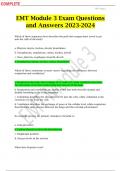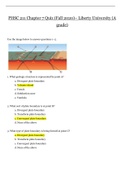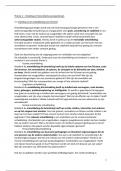Exam (elaborations)
Solutions for Computational Fluid Mechanics and Heat Transfer, 4th Edition by Anderson
- Course
- Institution
Solutions Manual for Concise Introduction to Linear Algebra 1st Edition by Qingwen Hu ; ISBN13: 9780815357124.....Chapters 2,3,4,5 solutions are included.
[Show more]









